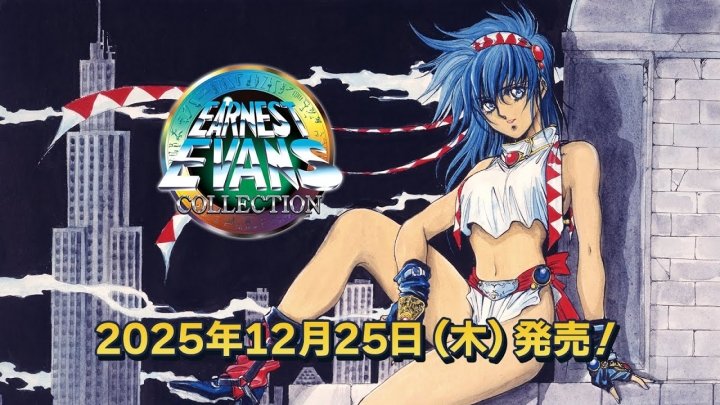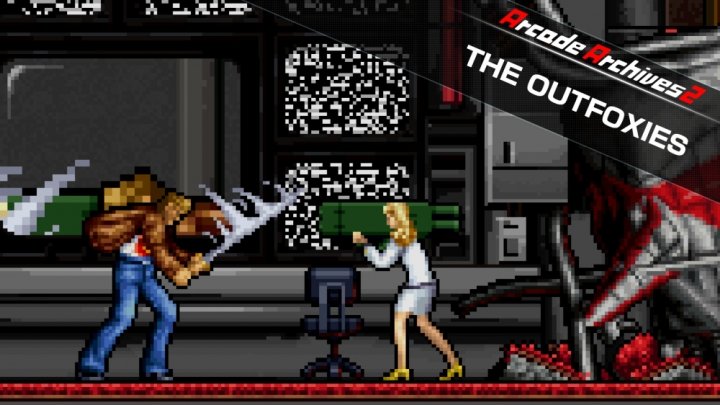Ex-Puyo Puyo producer reveals some of the classic puzzler's earliest prototypes
Last week, Compile founder Moo Niitani announced two previously unreleased works from the defunct developer's glory days on MSX2 computers. Later this month, Dominon and Dominon X are both coming to Project EGG, D4 Enterprise's prolific download service for old Japanese computer games. Niitani broke the news by way of his new company, Compile Maru, which he formed last year (and shouldn't be confused with Compile Heart, who have mainly spent the last decade dragging Compile's good name through the mud with one barrel-bottom fan service vehicle after another). In November 2016, Compile Maru released their first game on 3DS: Nyoki Nyoki, a falling-block puzzle game with fast-paced competitive gameplay and a lighthearted setting. If that sounds familiar, Niitani hasn't made any secret that Nyoki Nyoki is an attempt to recapture his previous success with Puyo Puyo, the rights to which he sold to Sega in 1998 in a desperate attempt to stave off bankruptcy. Sega had been a close collaborater on the series ever since the first arcade version, which was developed on their hardware, and Niitani planned to buy back the rights from them once he turned around his company's flagging fortunes. Tragically, Compile would close its doors before that could ever happen.
If Nyoki Nyoki is a continuation of Puyo Puyo in all but name—the Bloodstained to Niitani's Castlevania, if you will—Dominon is a throwback to the series' ancient prehistory. From 1988 to '92, Compile published Disc Station, a periodical digital magazine for MSX2 computers featuring news, game previews, user-submitted pixel art, music videos, and even small-scale games. As the story goes, one such game intended for Disc Station was a falling-block puzzle game simply called Dominoes, which Compile drastically revised with a focus on colors rather than numbers and the addition of characters from their Madō Monogatari series of RPGs; thus, Puyo Puyo was born.
Dominon and Dominon X are by-products of the gradual process of retooling Dominoes into Puyo Puyo, and true to form, their core concept isn't too far removed from the final product: Dominoes fall one at a time into a well, and you make them disappear by arranging lines of three or more sequential numbers—say, 1-2-3 or 5-6-1. In retrospect, it's easy to see how the two ends of a domino correspond to the conjoined pairs of slimes in Puyo Puyo, and when dominoes are eliminated out from under other dominoes, the ones on top fall down until they hit something solid, laying the groundwork for Puyo Puyo's trademark combo system.
Dominon and Dominon X remained unknown until Niitani found them kicking around in storage and decided to share them with the world (a fact that shouldn't surprise anyone now that we live in a world where someone literally found a Nintendo Play Station collecting dust in their father's attic). In announcing their imminent release, he's been careful to note that they're being presented as-is, incomplete and with no attempt made to fix any bugs that might be lurking in the code. Dominon wasn't ready for prime time in 1990, and it hasn't gotten any closer in the last twenty-five years. Niitani freely admits, "Frankly, it's a kusoge." But he's clearly not releasing it for its entertainment value so much as its historical significance: It is, after all, the forerunner to one of the all-time greatest pillars of the puzzle genre, and putting it out there ensures its preservation in the annals of gaming history. With Puyo Puyo going strong to this day, releasing Dominon now comes off a bit like passing around an esteemed adult's embarrassing baby pictures—but if anyone's entitled to that indulgence, it's their parent.





